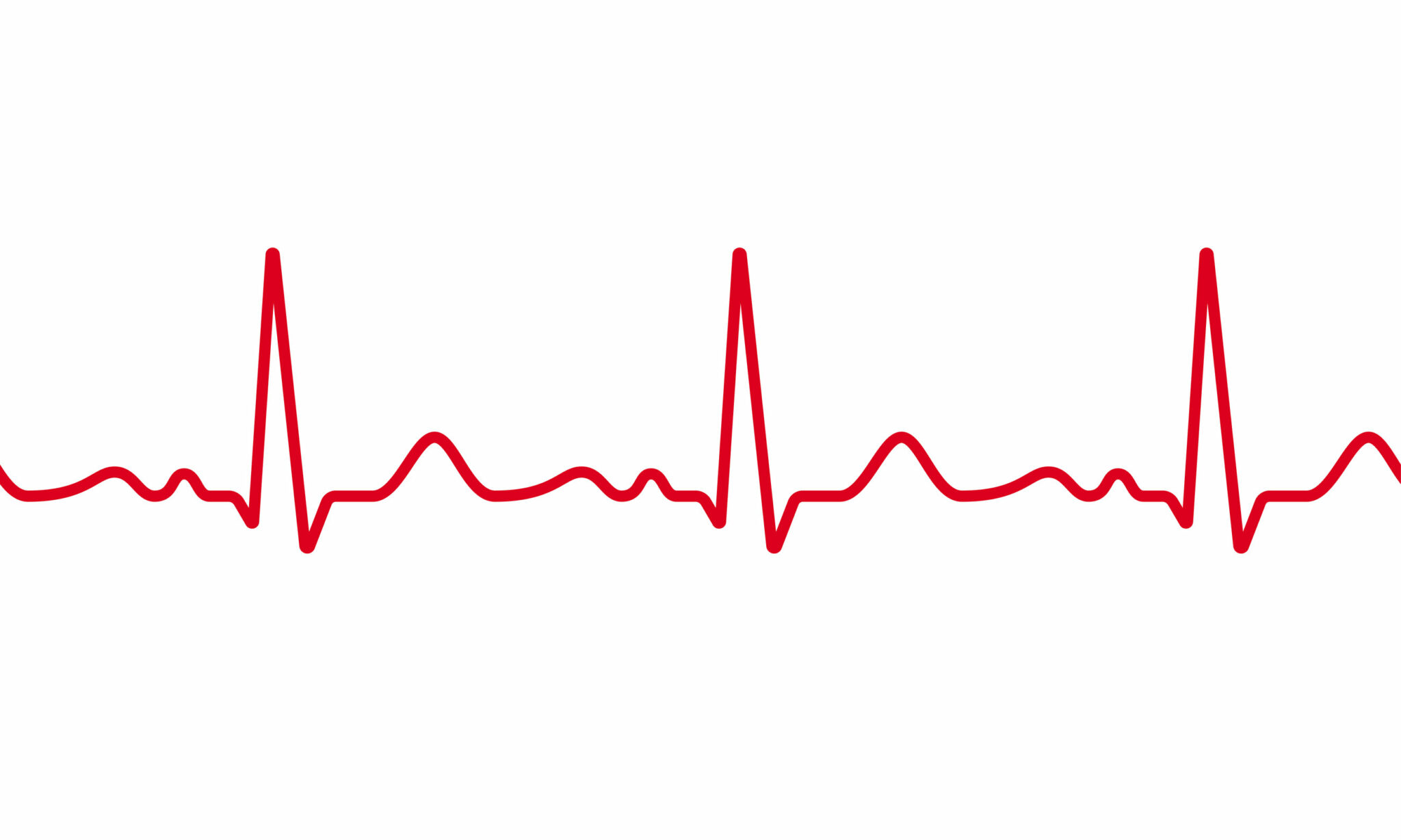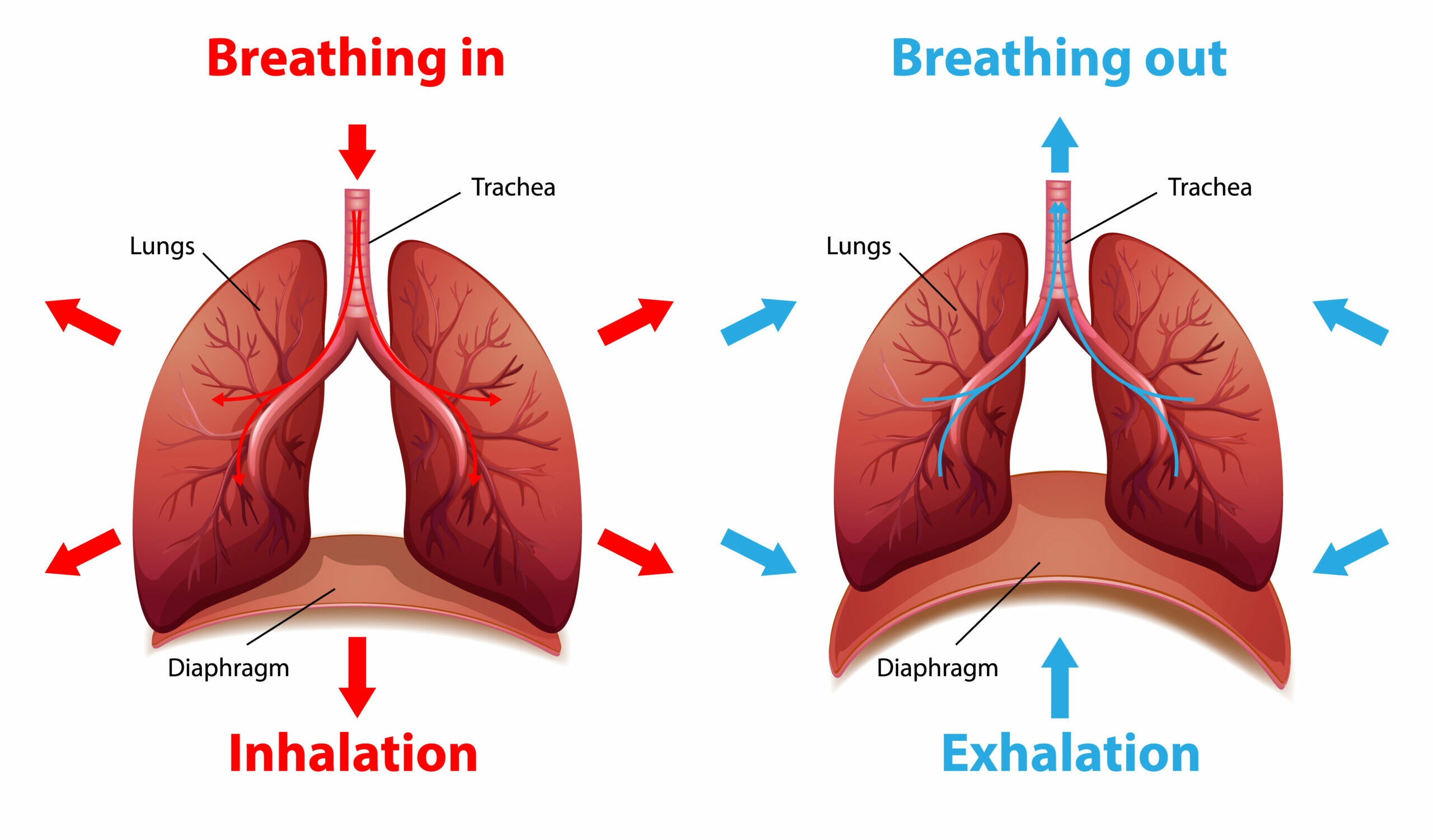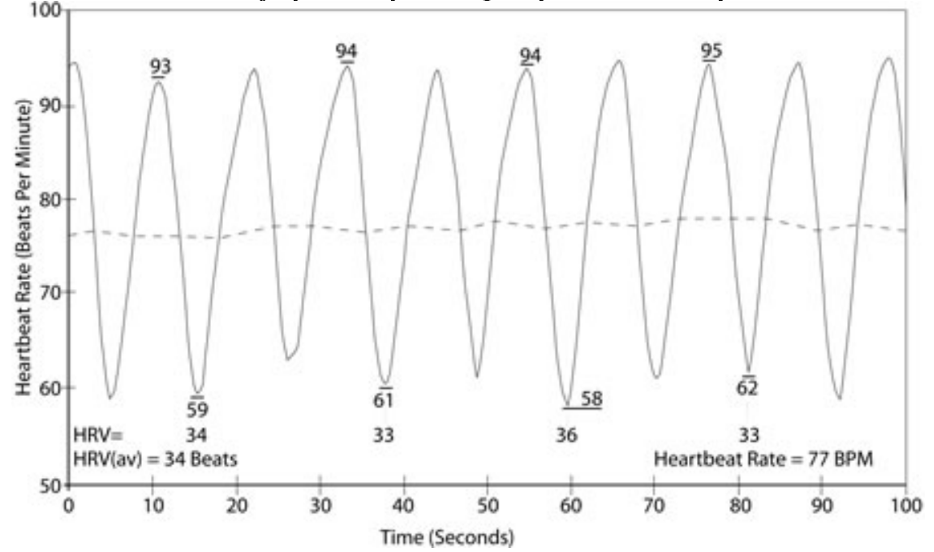
Emotional Regulation through Breathing
by Veronika | Sep 22, 2012
In response to what we are doing and how we are feeling, the rhythm of our breathing changes. It speeds up with physical exertion or emotional distress, and it slows down during sleep or periods of relaxation.
Sometimes our breathing is very regular, and at other times, it is irregular, even laboured. Frequent, intense, long lasting irregular breathing suggests emotional dysregulation.
Emotional Dysregulation
From a physiological perspective, dysregulated emotion arises when the sympathetic branch of your nervous system responsible for “fight of flight” is overactive while at the same time the parasympathetic branch responsible for “rest & digest” goes quiet.
Once the perceived physiological or psychological threat has passed, parasympathetic reactivates enabling a return to normal functioning levels of heart rate, breathing and other physiological functions.
This matters because the “fight or flight” sympathetic branch automatic alarm reaction readies your body for immediate self-protection whereby it increases your breathing and heart rate to pump blood faster to major muscle groups.
Research suggests, in people who struggle with emotional regulation, the parasympathetic function switches off more quickly and takes much longer to reactivate leaving emotions to linger far longer. When this becomes chronic, it can leave you stuck with anxiety, worry, fear, shame, sadness, anger and excessively emotionally reactive.
You can read more about the stress response in this article »
Breath and Nervous System
There are many relaxation and distraction techniques that will involve parasympathetic activation and help calm down in-the-moment. In this article I describe 5 Instant Ways To Calm an Emotional Storm »
However, the ability to keep control whilst not switching off emotionally comes from a regular abdominal breathing practice over time. It is achieved through increasing heart rate variability which synchronises physiological functions.
This active engagement of positive emotions distinguishes it from the low-energy state of relaxation, offering a calm, balanced, and responsive experience conducive to everyday functioning.
Impact on Heart Rate and Breathing
The heart rate is tied to how the body responds when a threat is perceived. If you feel threatened – physiologically or emotionally – you notice a pounding and tightness in your chest indicating an increase in your heart rate.
Dysregulated emotions and fast breathing result in erratic and small heart rate fluctuations indicating that the two branches of the autonomous nervous system are out of synch with each other. It is like driving a car with one foot on the gas and the other on the brake pedal.
As a result, long term chronic emotional arousal is straining both, physical and mental health.

Heart Rate for Different Emotional States: Frustration vs. Appreciation
Along with low heart rate variability come a host of potential problems, including:
- Higher level of stress reactivity
- Problems with sustained attention
- Stronger cortisol reactivity responses
- Problems inhibiting reactivity
- Problems with flexibility
- Interference with emotional regulation
Heart Rate Variability
Heart rate variability is the difference between the heart beats during inhalation and exhalation. Typically, the average person has a peak heart rate of 85 bpm (beaths per minute) during inhalation and 75 bpm during exhalation, a difference of 10 bpm.
Generally, people with a relatively large difference in bpm are more adaptable, regulated, and flexible. They tend to have better physical health and the ability to control behaviour and persist in effortful behaviours.
Habitual shallow, rapid breathing, often accompanied by momentarily holding the breath, sighing, and gasping results in increased heart rate, heightened blood pressure, gastro-intestinal distress, asthmatic symptoms, neck and shoulder tension, as well as anxiety and emotional arousal.
The Power of Slowing Down Your Breathing
Not only is breathing pace caused by sympathetic and parasympathetic activity, but it is also true that breathing pace causes changes in sympathetic and parasympathetic activity.
Slow breathing increases heart rate variability. For example, when the peak heart rate during inhalation is 95 bpm and the slowest heart rate during exhalation is 60 bpm, this results in a difference of 35 bpm.
For most people the regular breathing pace is 8 to 10 breaths per minute. To regulate emotions effectively, breathing needs to be slowed down to a rate somewhere between five to six breaths per minute elongating one complete breath cycle to 10-12 seconds.
According to Dr. Brown, shorter people and women have an optimal breathing rate that is faster than for taller people. For example, the ideal rate for people five feet tall is about 6 breaths per minute, on average (ranging between 5.4 and 6.4 breaths per minute), whereas for people six feet tall the optimal rate is about 5.3 breaths per minute (ranging between 5.0 and 5.7).

Diaphragmatic Breathing Technique
Slow abdominal breathing, also called diaphragmatic or belly breathing, is a technique that involves breathing from the abdomen, relying entirely on the diaphragm muscle, without moving the chest.
- You can try it by sitting upright placing one hand on your chest and one hand on your tummy. With each breath you want to try expanding and contracting your tummy without creating movement in your chest.
- You can also practice by lying down on the back, placing a book on the abdomen, near the bellybutton, and during the inhalation, lifting up the book. During the exhalation, the pressure of the book pushes the abdomen back down.
Emotion regulation is enhanced when the exhalation time is about twice as long as the inhalation time. Thus, for many people the ideal breathing pace is for the inhalation to last about four seconds and the exhalation to last about six to eight seconds.
Sometimes this is called 7/11 breathing referring to the difference in length of inhale/exhale. In Ashtanga Yoga the Ujjayi breathing method encapsulates these principles. For those who prefer science, breathing pacers and biofeedback devices are available to purchase.
Breathing Practice Benefits
Optimal breathing results in lowered blood pressure and heart rate, a decreased sweat response and a general sense of peace and wellbeing.

Smooth heartbeat fluctuations. Heart rate substantially decreases during the exhale.
Yoga practitioners know from experience, practicing slow breathing for 20 minutes per day enhances heart rate coherence and synchronicity between breathing, heart rate fluctuations and blood pressure fluctuations. They are both important indicators of overall emotional and physiological harmony.
If you find yourself stuck in stress cycles on a trajectory to burnout, and struggle to decide what changes to make, it’s time to update your stress management strategies! Come talk to a professional who can assist you in discovering ways to better deal with chronic stress and overwhelm, and help you gain insight into the behavioural and relational patterns that trigger stress and overwhelm for you enabling you to make different choices.
If you would like to find out more about how we can help you increase your stress resilience and help prevent burnout, schedule a confidential enquiry call today!
Veronika Kloucek, Senior Psychotherapist, Trainer, Coach
Sources:
-
Chen, Y. F., Huang, X. Y., Chien, C. H., & Cheng, J. F. (2017). The effectiveness of diaphragmatic breathing relaxation training for reducing anxiety. Perspectives in Psychiatric Care, 53, 329-336.
-
Kabat-Zinn, J., & Hanh, T. N. (2009). Full catastrophe living: Using the wisdom of your body and mind to face stress, pain, and illness. Delta.
- https://www.health.harvard.edu/healthbeat/learning-diaphragmatic-breathing
- www.dbtsandiego.com

